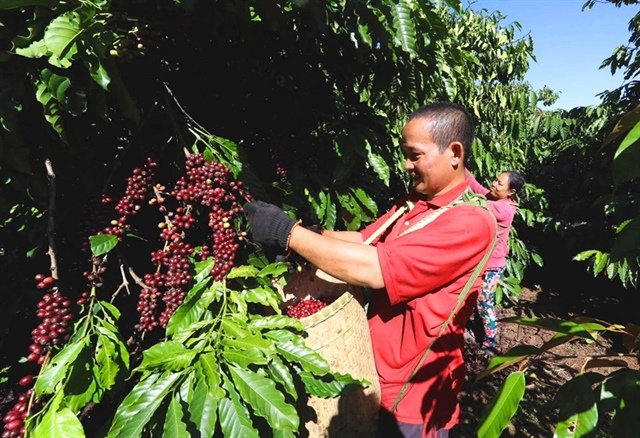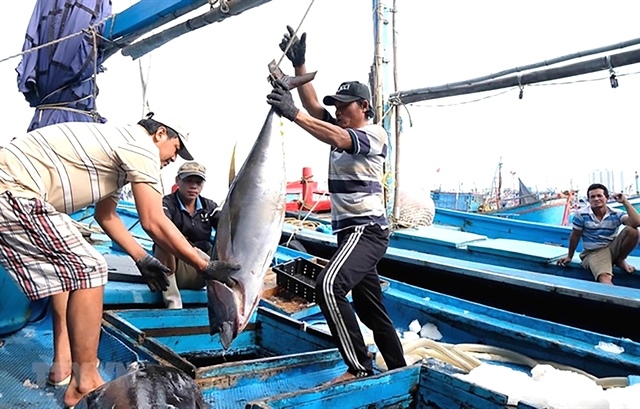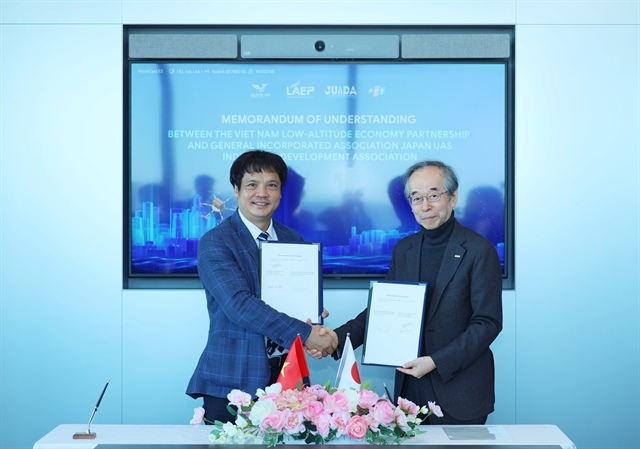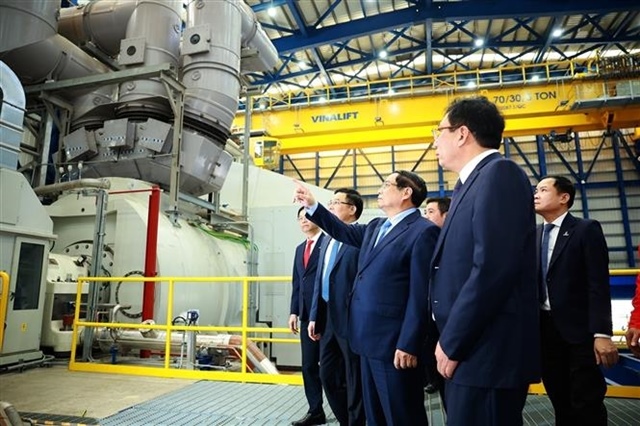Rubber farmers’ challenges as prices bounce
Rubber farmers’ challenges as prices bounce
The southeastern region of Viet Nam offers favourable conditions for the cultivation of major industrial crops such as rubber, coconut trees and pepper vines, all of which earn high profits, but challenges remain as yields have decreased for various reasons, including oversupply and unplanned expansion.
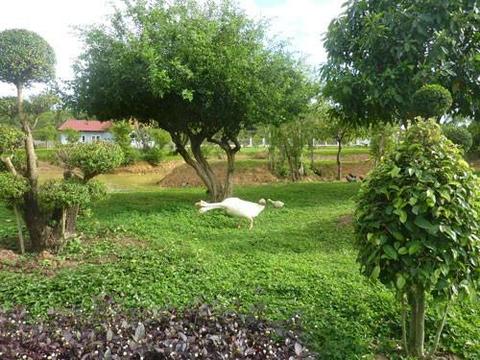
The land under rubber and pepper cultivation in the region has increased sharply in the past several years, causing serious consequences to the region’s agricultural development.
The southeastern region has 543,373 ha of land under rubber tree cultivation (153,372ha over the master plan for rubber cultivation), accounting for more than 63 per cent of land and nearly 74 per cent of rubber latex in Viet Nam, according to the Ministry of Agriculture and Rural Development.
The region also has 47,985ha of land under pepper cultivation, accounting for 33.7 per cent of the land and 71.2 per cent of rubber production in the country.
Pham Thai Hoa, a farmer in Tien Hưng Commune, Dong Xoai Town in Binh Phuoc Province, said he grew over 1,000 rubber trees in 2005 when rubber latex sold well in the market.
But after the rubber trees began producing latex, the price of latex dropped sharply and still remains low.
Because of such low prices, farmers do not have adequate financial conditions to cultivate crops properly.
Previously, half a tonne of fertiliser was put on a hectare of land, but now only half of that amount is used. That has decreased the quality of the latex.
Farmers today earn an average annual profit of VND30 million to VND35 million per hectare, according to Hoa.
In Dong Nai Province, rubber latex sold for VND80,000 per kg in the 2006 – 2007 period, which encouraged farmers to expand rubber crops.
But the expansion led to oversupply in 2011 and 2012, forcing latex prices down to VND30,000 – VND40,000 per kg, and at times to even VND5,000 per kg, Hoa said.
In addition to rubber trees, the areas under pepper cultivation have expanded rapidly in recent years in the southeast region.
In the 2010 – 2013 period, pepper prices rose from VND40,000 to VND80,000 per kg, and reached VND230,000 per kg at times between 2014 and 2016.
The high prices encouraged farmers in the region to expand areas under pepper cultivation.
But the area under pepper cultivation in Dong Nai is 7,000ha more than specified in the pepper development plan for Dong Nai by 2020.
The area under pepper cultivation in Binh Phuoc Province has reached 17,178ha, nearly 60 per cent higher than the figure of five years ago, and 3,000 ha higher than the area called for in the plan for pepper development.
The expansion of pepper areas has also led to oversupply, forcing pepper prices down to VND55,000 per kg.
The decrease in pepper prices has forced many farmers in Binh Phuoc Province to chop down pepper vines and replace them with other crops since early 2017.
Cashew nut trees, a strong point of the southeast region, have been cultivated on 183,082 ha, accounting for 60.6 per cent of the total area in the country, and 71.24 per cent of cashew nut production.
But most cashew nut trees are grown on stunted land in remote areas and lack water and farmers’care.
This is why cashew nut farms have low productivity and yields, with many cashew nut trees chopped down and replaced with other crops.
Recently, Bui Khac Ngan, a farmer from Phu An Commune in Dong Nai’s Tan Phu District chopped down all cashew nut trees on his 2ha farm and replaced them with green-skin pomelo.
Ngan said low yields due to changing weather and low prices were behind his decision to chop down his cashew nut trees that he had taken care of for over 10 years.
Like Ngan, many other farmers in Phu An Commune have replaced cashew nut trees with more profitable crops.
Farmers in Dong Nai Province’s Tan Phu District said that a one-ha farm under cashew-nut cultivation could bring in revenue of VND70 million to VND80 million đồng, if the nuts were priced at VND22,000 per kg.
That revenue, however, is much lower than the VND200 million per year from pomelo and durian farms in the region.
“Many farmers in Phu An have shifted to other crops which are more profitable than cashew nut trees,” said Do Thanh Huy, the chairman of the People’s Committee in Phu An Commune in Tan Phu District.
Huy said that land area under cashew nut cultivation in the region had shrunk to an alarming level.
The director of Dong Nai’s Department of Agriculture and Rural Development, Huynh Thanh Vinh, said that cashew nut cultivation in the province dropped from 47,760 ha in 2012 to 37,447 ha in late 2017.
Solutions
According to the Department of Farm Produce Processing and Market Development (under the Ministry of Agriculture and Rural Development), there are 161 latex processing factories across the country which can produce over 1.2 million tonnes of dried latex each year.
Viet Nam’s rubber is exported to 78 countries, mostly as raw material at low prices. The country’s rubber production technology has yet to meet international standards, and farmers have to use imported materials from other countries.
To promote rubber production, farmers in Binh Phuoc Province have established a rubber growers club with over 40 members from Binh Phuoc and neighbouring provinces.
The club has helped its members apply advanced technologies to rubber cultivation and production, with the aim of lowering production costs and raising incomes.
The club members have learned how to analyse soil and fertilisers, which has helped them adjust the number of rubber trees.
When the tree grows “ill”, members talk with each other and ask scientists for the best treatments.
As for pepper, the Pepper Association in Ba Ria – Vung Tau Province is working with enterprises and pepper growers to carry out a project to grow “clean” pepper vines on farms covering thousands of hectares of land in the province.
In the province’s Chau Duc District, many companies have signed contracts with local farmers to grow clean pepper on thousands of hectares of land in the district.
Peppers produced by these companies have been granted certificates by international organisations such as the Sustainable Agriculture Network (SAN), Rainforest Alliance and GlobalGAP.
The deputy director of the Binh Phuoc Department of Agriculture and Rural Development, Le Thi Anh Tuyet, said that Binh Phuoc had developed a chain of suppliers for sustainable pepper.
The province has also been working with Nedspice Viet Nam on a project to produce sustainable pepper under Rainforest Alliance criteria. Nedspice would buy all produce from the farmers.
Established in 2013, the project has set up 60 clubs with over 1,500 household members.


